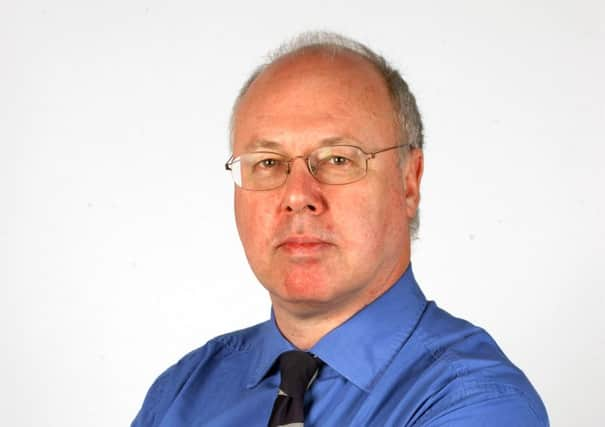Comment: Walsh flying high as IAG returns to profit


IAG consists of BA and Spain’s flabby flagship carrier Iberia, plus BMI (now absorbed into BA) and the Spanish budget airline Vueling.
The group posted an operating profit of €770 million (£631m) for 2013, compared with an equivalent loss the previous year. Passenger revenues are up and fuel costs down.
Advertisement
Hide AdAdvertisement
Hide AdWalsh took over BA in 2005, just as oil prices went stratospheric and the global economy headed for disaster. Then in 2010, transatlantic airspace was closed by the eruption of a volcano in Iceland. Who’d want to run an airline in these circumstances? Answer: Walsh, who is good at keeping his nerve.
Last year, losses at Iberia were running at some £820,000 a day. But Walsh faced down the Spanish pilots’ union (he’s an ex-trade unionist himself) and has just signed a deal freezing wages till 2015. Walsh wants Iberia because (properly run) it is the brand that can command access between Europe and the growing Latin American market. Meantime, armed with the Heathrow access slots acquired by taking over BMI, Walsh has focused BA on developing profitable long-haul routes to China.
Walsh’s IAG faces a threat in the shape of competition from Gulf-based rivals Eithad, Emirates and Qatar Airways. These have access to private oil wealth and are using it to turn the Gulf into a global hub. Eithad, which plans to start operating from Scotland next year, has been buying into under-performing European carriers, and has Italy’s Alitalia in its sights.
Paradoxically, IAG shares dipped yesterday despite the return to profit – though they’re well up on the year. This is because the company is offering no dividend for 2013. Walsh is playing a long game. He has set a target operating profit for 2015 of £1.5 billion that he intends to achieve by cutting costs – BA has a new fleet of super-efficient Airbus 380s and Boeing Dreamliners. He might also try and outflank his Gulf rivals with more acquisitions.
Nor is Walsh worried about the Scots voting Yes – he’s betting on Salmond abolishing air passenger duty.
Bank’s breaking a 320-year mould
WHERE are interest rates going? According to David Miles, a member of the Bank of England’s monetary policy committee, there are good reasons to think that the long-run average bank rate will be significantly lower than the 5 per cent that prevailed before the banking crisis.
This is the “equilibrium” rate that keeps inflation on target while providing a positive return on safe assets. Before the 2008 meltdown, the long-run return on safe assets was 3 per cent, which combined with the Bank’s inflation target of 2 per cent, to give the equilibrium rate of 5 per cent. Believe it or not, that 5 per cent benchmark has been with us for 320 years since the founding of the Bank of England.
But according to Miles, in recent years the safe return level has been dropping as perceptions of risk have increased.
Advertisement
Hide AdAdvertisement
Hide AdHe claims the return on safe assets has fallen by 1.5-2 per cent. Spreads over that rate have increased by the same degree. Which means the equilibrium interest rate is not 5 per cent but nearer 3 per cent, for the foreseeable future.